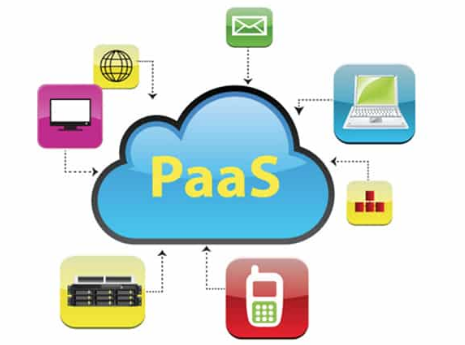Platform as a Service (PaaS) – Advantages & How it is Used
Free AWS Course for AWS Certified Cloud Practitioner (CLF-C01) Start Now!!
In our last chapter, we discussed Software as a Service. Here, we are going to learn about Platform as a Service (PaaS), a type of Cloud Computing. Moreover, we will learn how PaaS is used and its benefits.
So, let’s start Platform as a Service Tutorial.
What is PaaS in Cloud Computing?
Platform as a Service is a type of Cloud Computing which allows customers to develop, run, and manage the applications by providing them with the platform and diminishing the complexities of maintenance.
PaaS enables to deliver from simple cloud-based applications to higher cloud-enabled applications. We can purchase the resources from the cloud service provider on a pay-as-you-go basis. These resources access with the help of internet.
Platform as a service not only includes server, storage, and networking but also database, tools, business services, and many more. It is made to perform building, testing, deployment, managing, and modification of the application
How Platform as a Service Delivered?
- To host the customer’s application the provider provides various functions such as networks, servers, storage, operating system, database, and many other services. The customer has to take care of the deployment of the software with most of the configurations handled by the provider.
- As a personal service software which will be behind the firewall.
- As software deployed on public IaaS (infrastructure as a service).
How Platform as a Service is used?
i. Analytics and Business Intelligence
With the help of Platform as a Service, the companies can analyze the data by monitoring the demand of customers. It also helps to find insights, patterns which predicts the output to improve the service, investment, returns, and saves the time.
ii. Framework
With the help of the PaaS framework, the developers can build the cloud-based applications. There are several built-in software which allows customers to built their own application. The features such as scalability and high-availability save the extra cost and also reduce the time.
iii. Additional Services
There are several additional applications which enhance the working of the existing applications such as workflow, directory, security, and scheduling.
Advantages of PaaS
There are several advantages of Platform as a Service as it offers constant benefits such as middleware, development tools, and different business tools.
i. Reduces the Coding Time
With the help of Platform as a Service, the coding time reduces as the time it takes to code new apps with pre-coded application parts design into the platform, like workflow, directory services, security measures, search then on.
ii. Enhances the Development Capabilities
Platform as Service parts will provide your development team new capabilities while you don’t need to add workers having the specified skills.
We recommend you to learn – Architecture of Cloud Computing
iii. Available at Multiple platforms
It can access from anywhere and from many devices such as mobile, tabs, and laptops. In addition, some service suppliers offer development choices for multiple platforms like computers and browsers creating cross-platform apps faster and easier to develop.
iv. Tools at economical costs
PaaS provides pay-as-you-go service which makes it potential for people or organizations to use subtle development package and business intelligence and analytics tools that they may not afford to get outright.
v. Regular management of appliance lifecycle
There are several capabilities provided by Platform as a Service, which will support the whole net application lifecycle: building, testing, deploying, managing and change inside constant integrated setting.
In addition, PaaS eliminates the expenses and complexity of purchasing new software and managing it. The tools which are provided by the Cloud providers manage this.
Conclusion
Platform as a Service provides an environment for the developers to create, host, and deploy an application. The companies remove the complexities by configuring and managing the elements such as database and servers.
This helps the customer to focus on the application without thinking of other problems. The company modifies the development tools as per their requirement. PaaS also includes the mechanism for service management such as workflow management, discovery, and reservation.
Due to these features, it is one of the most reliable and secured services of the cloud.
Hope you liked our explanation, express your feedback in the comment tab.
Did you like our efforts? If Yes, please give DataFlair 5 Stars on Google



